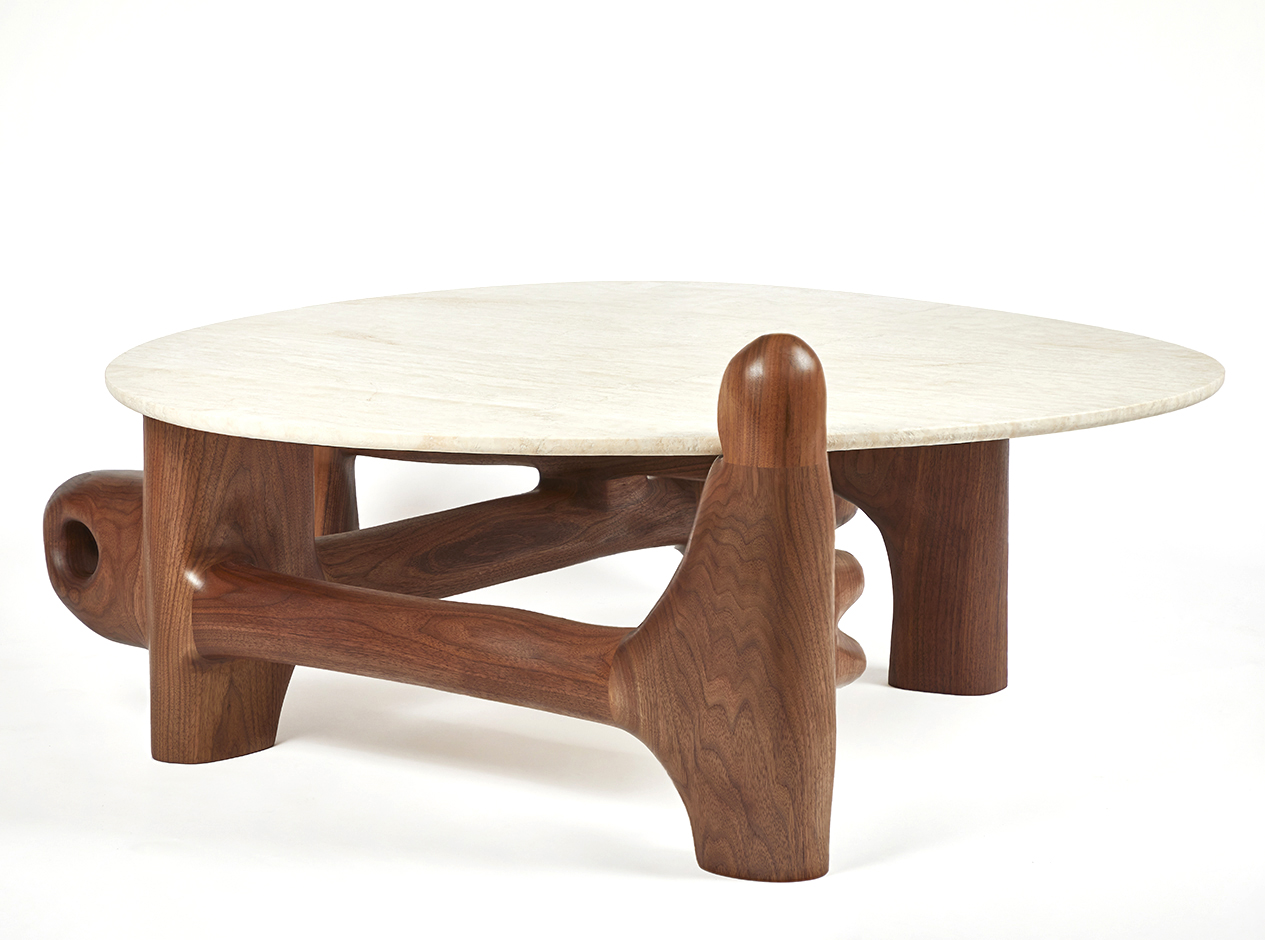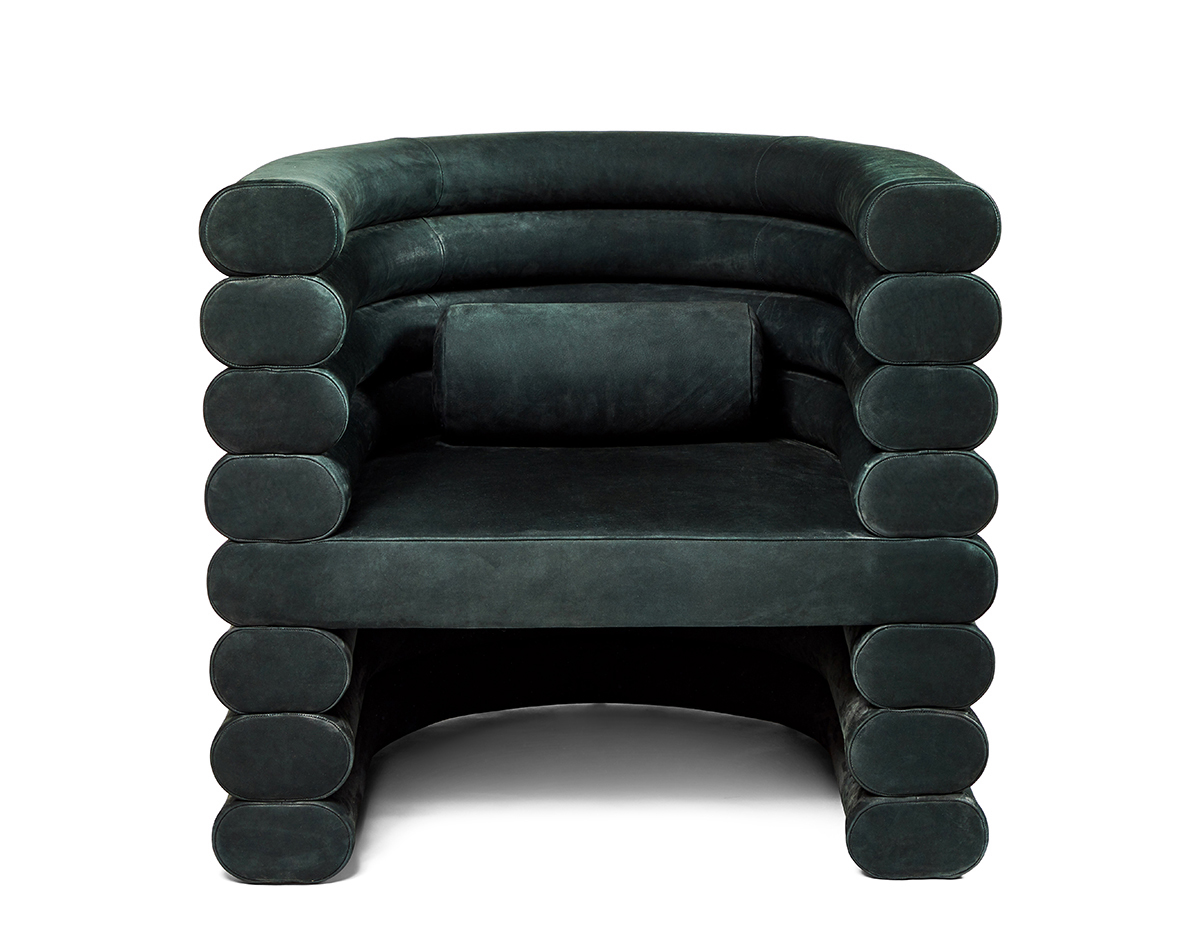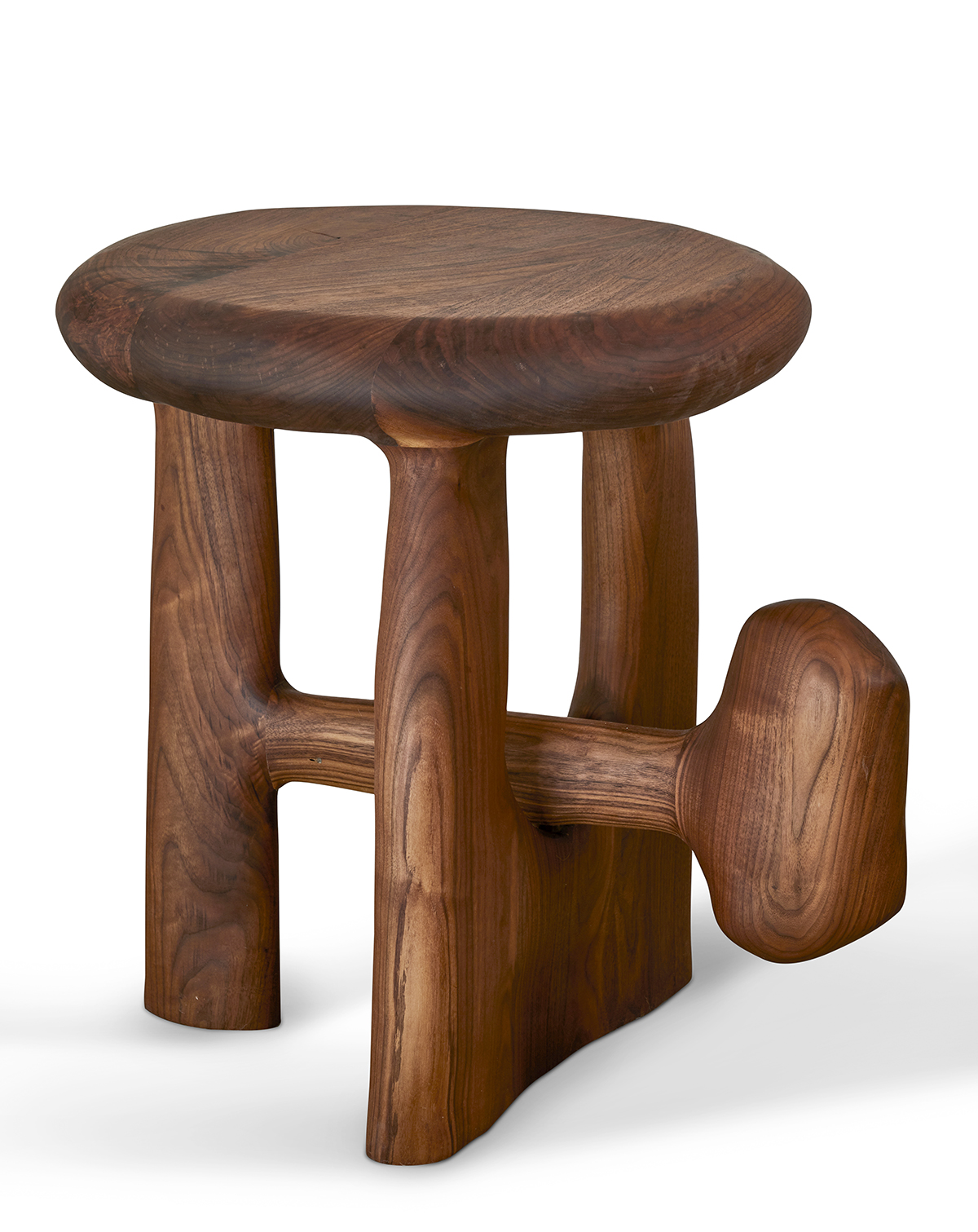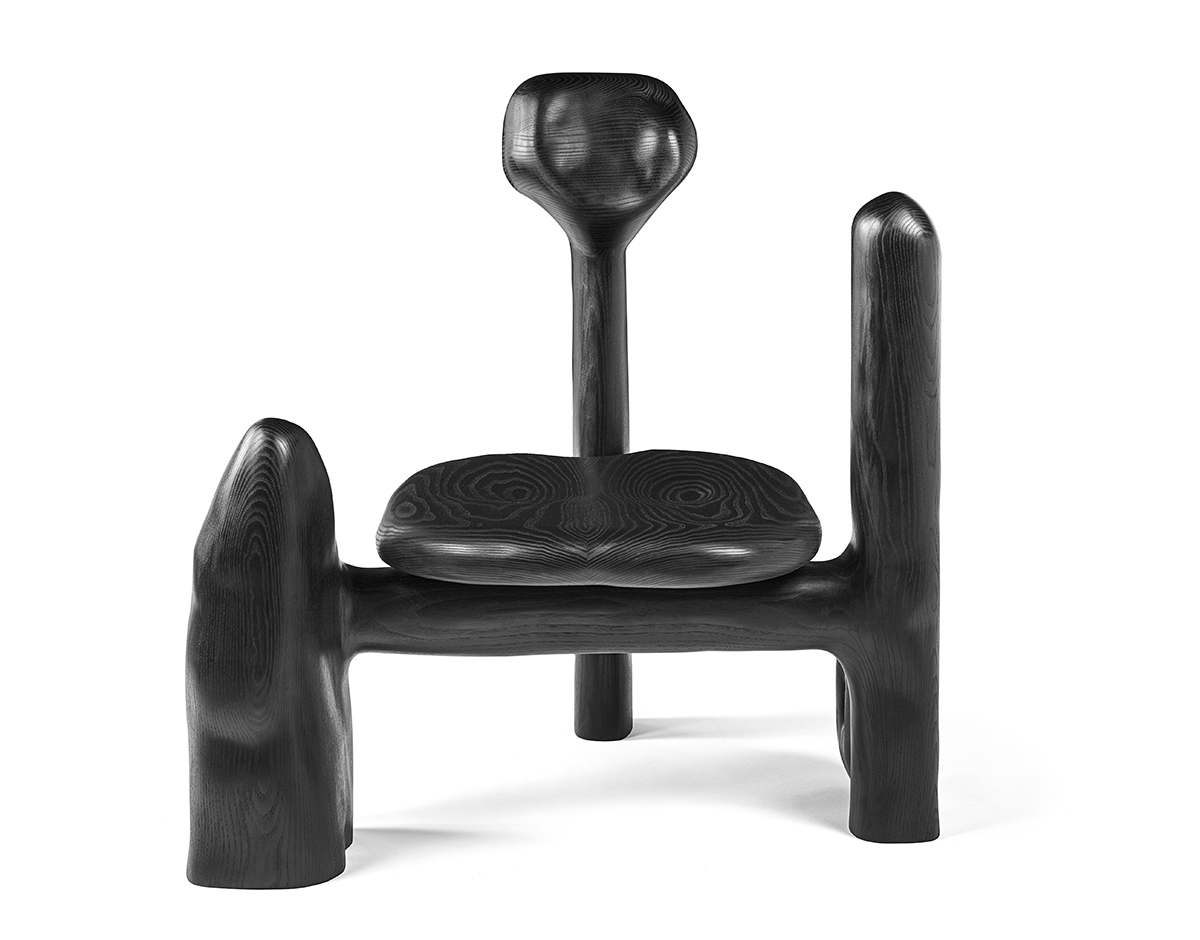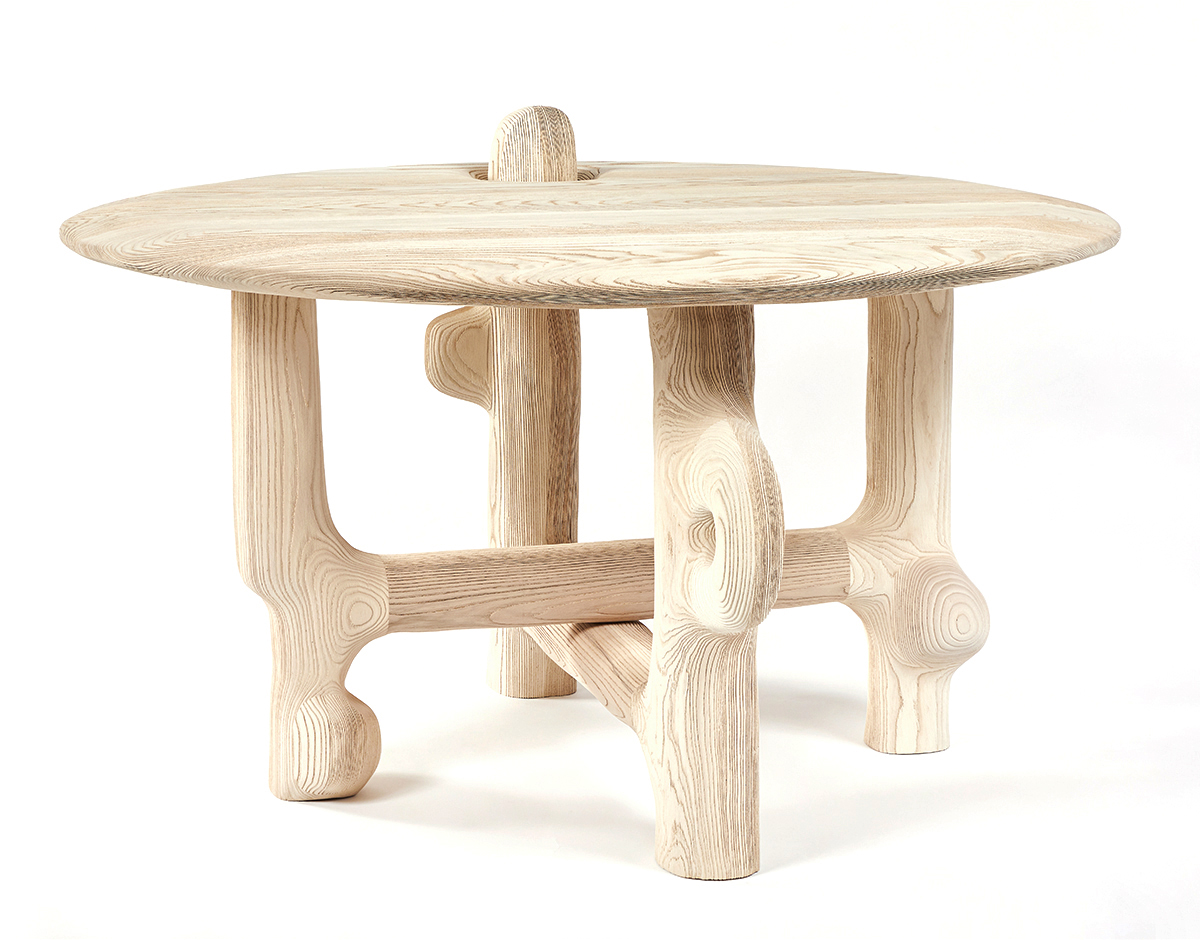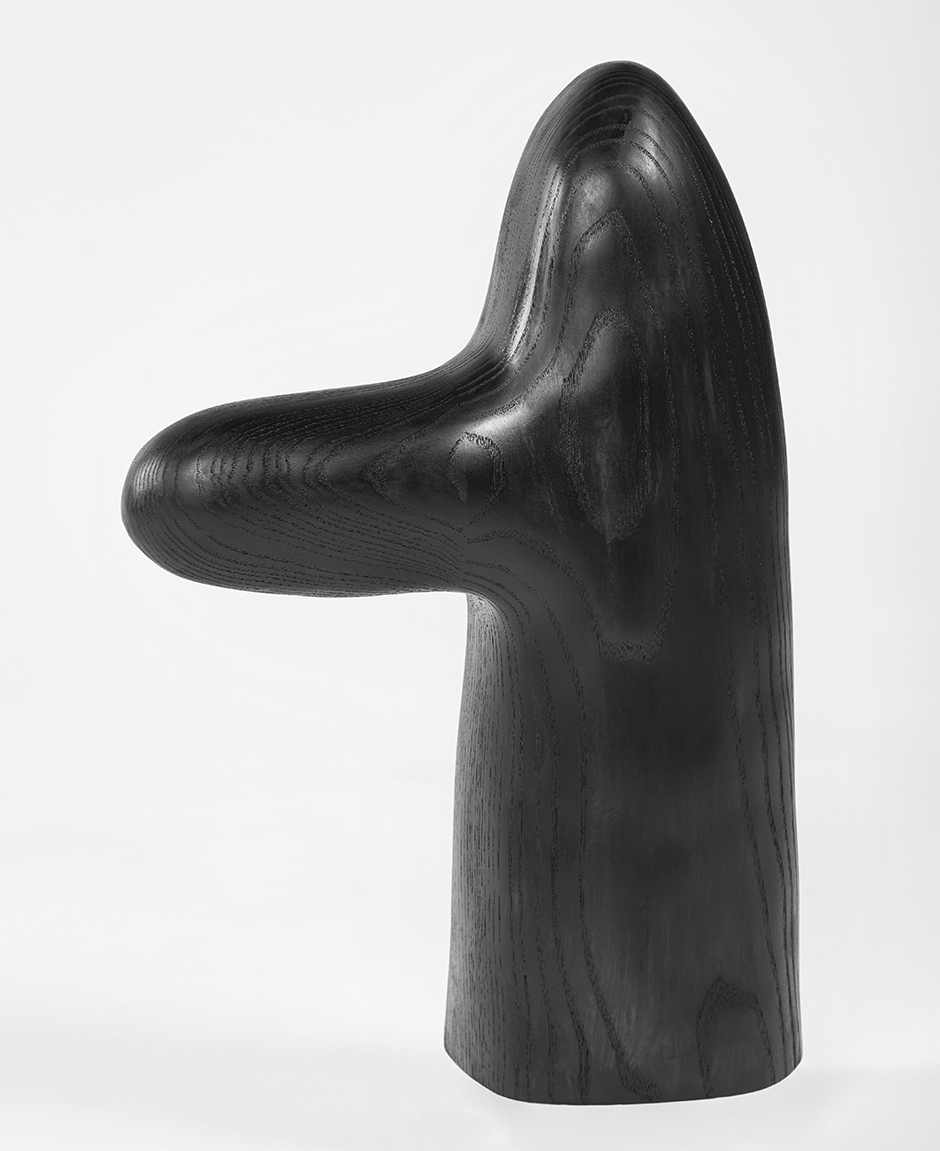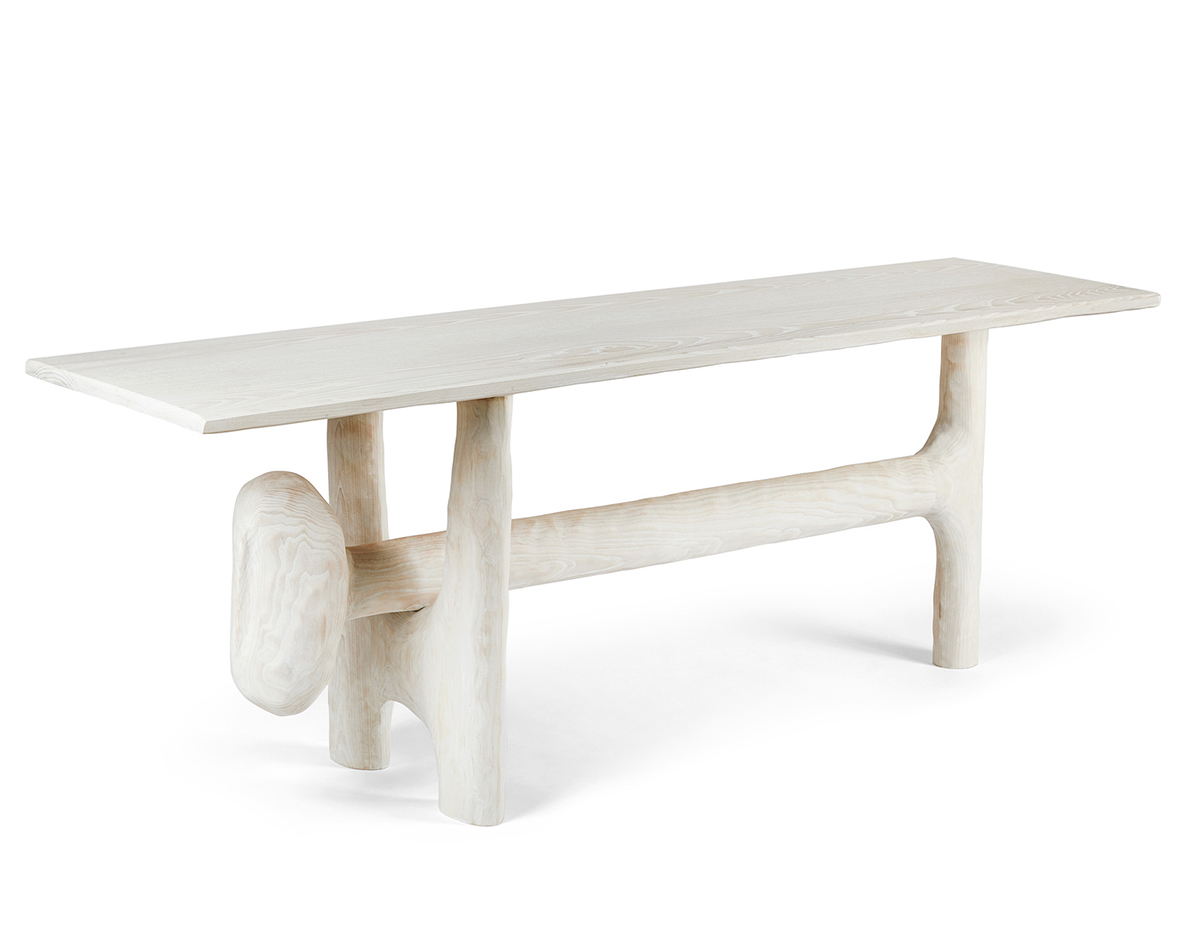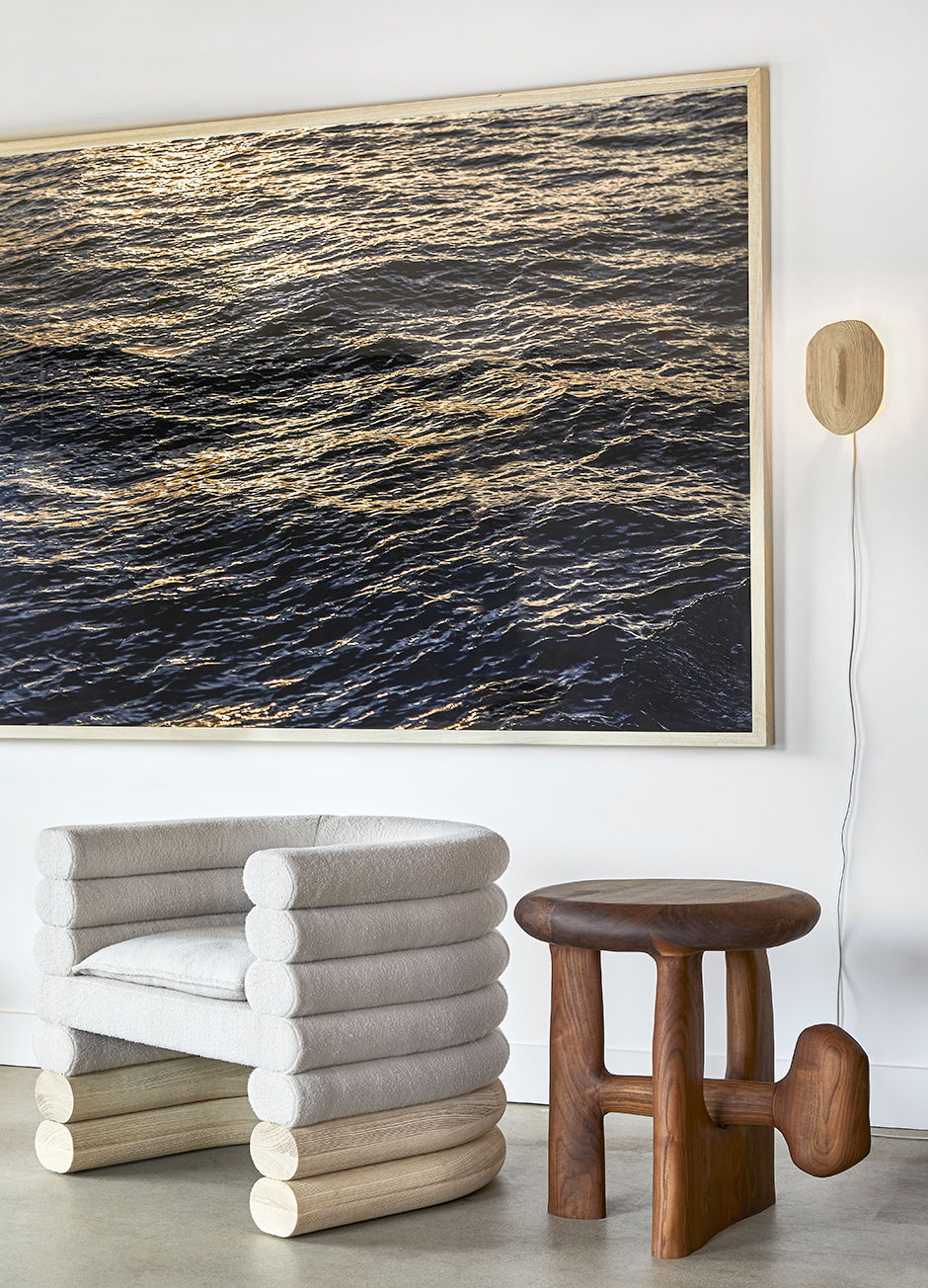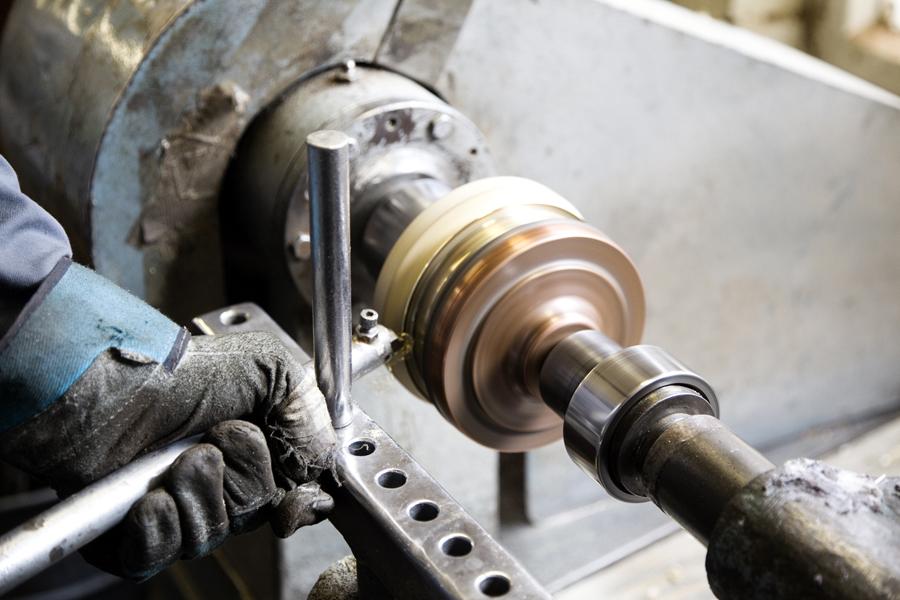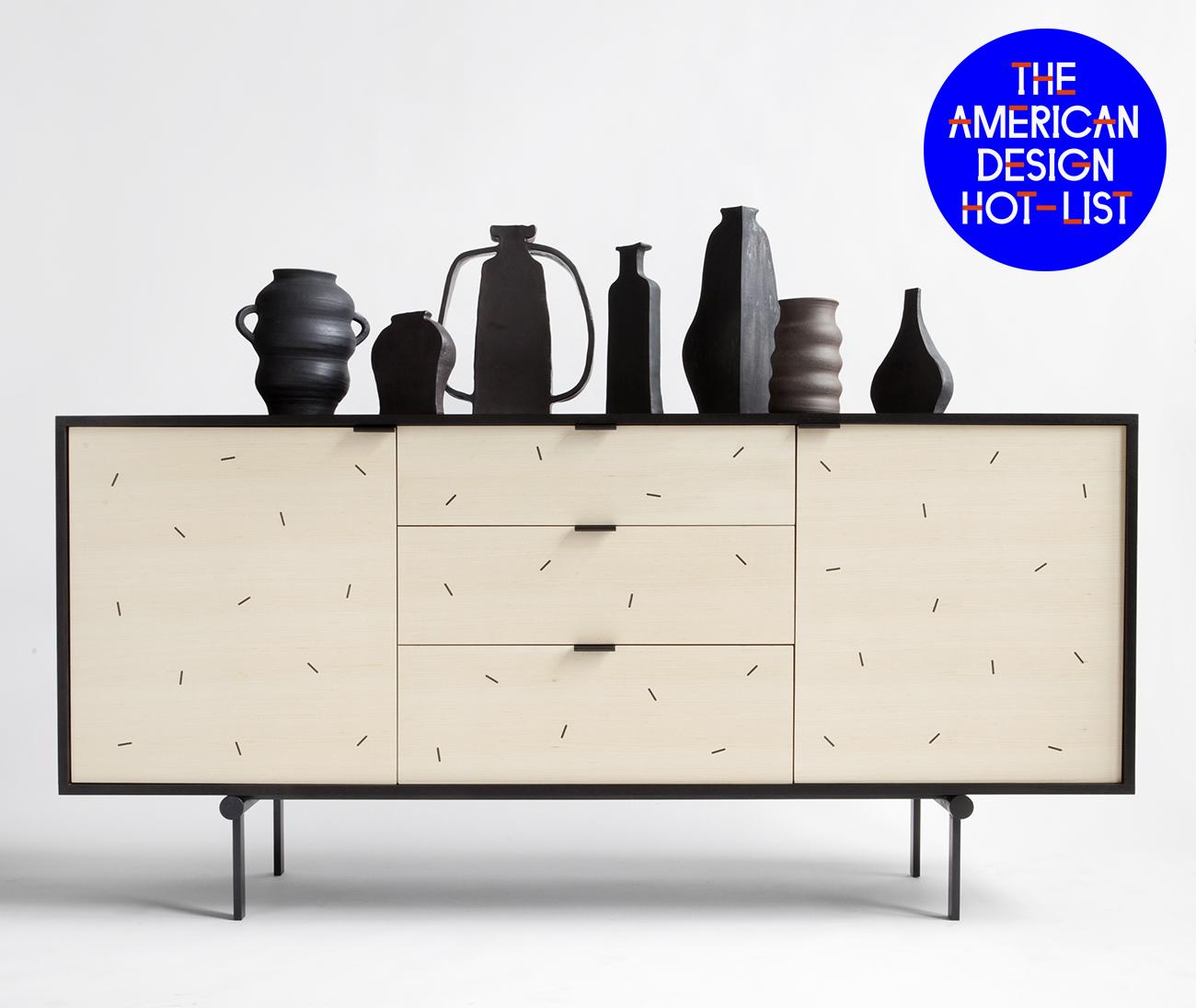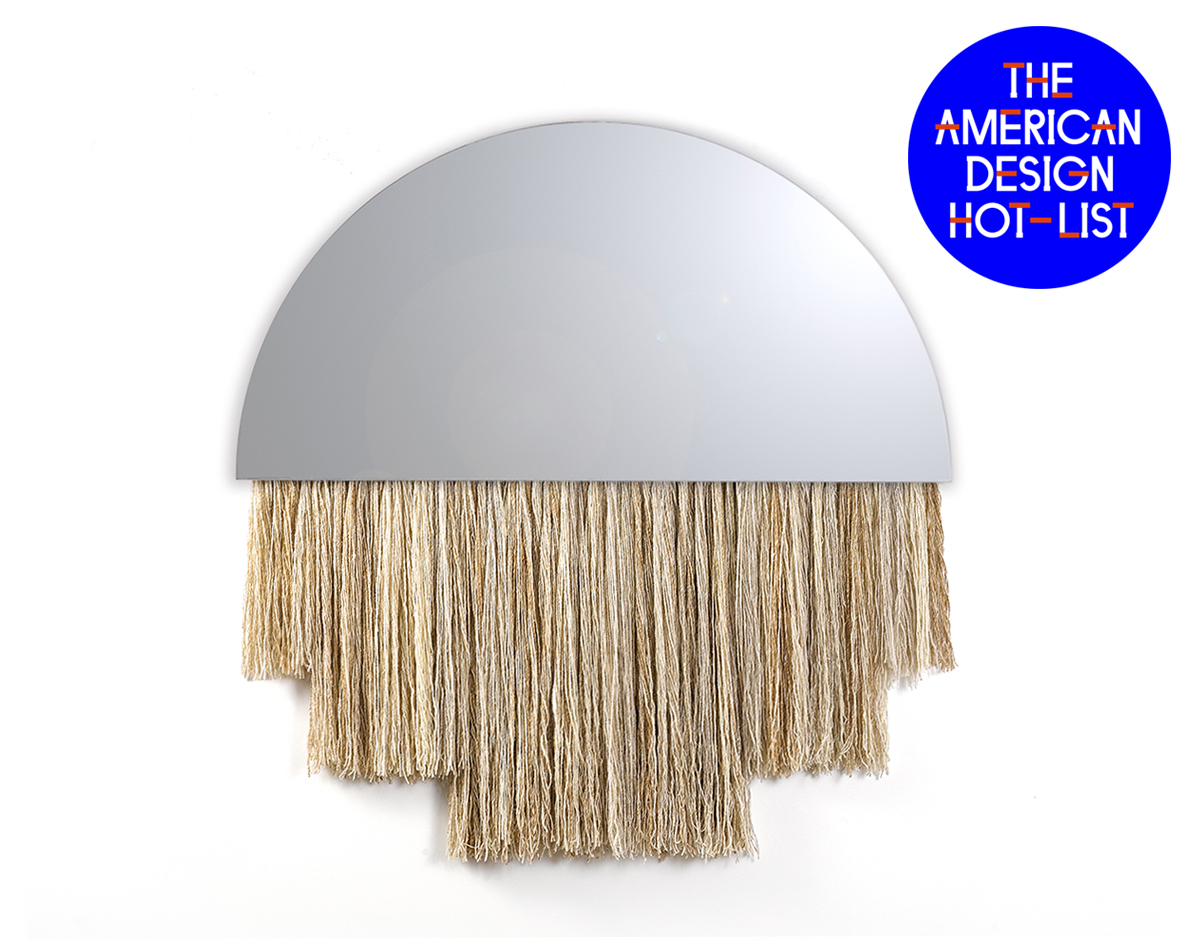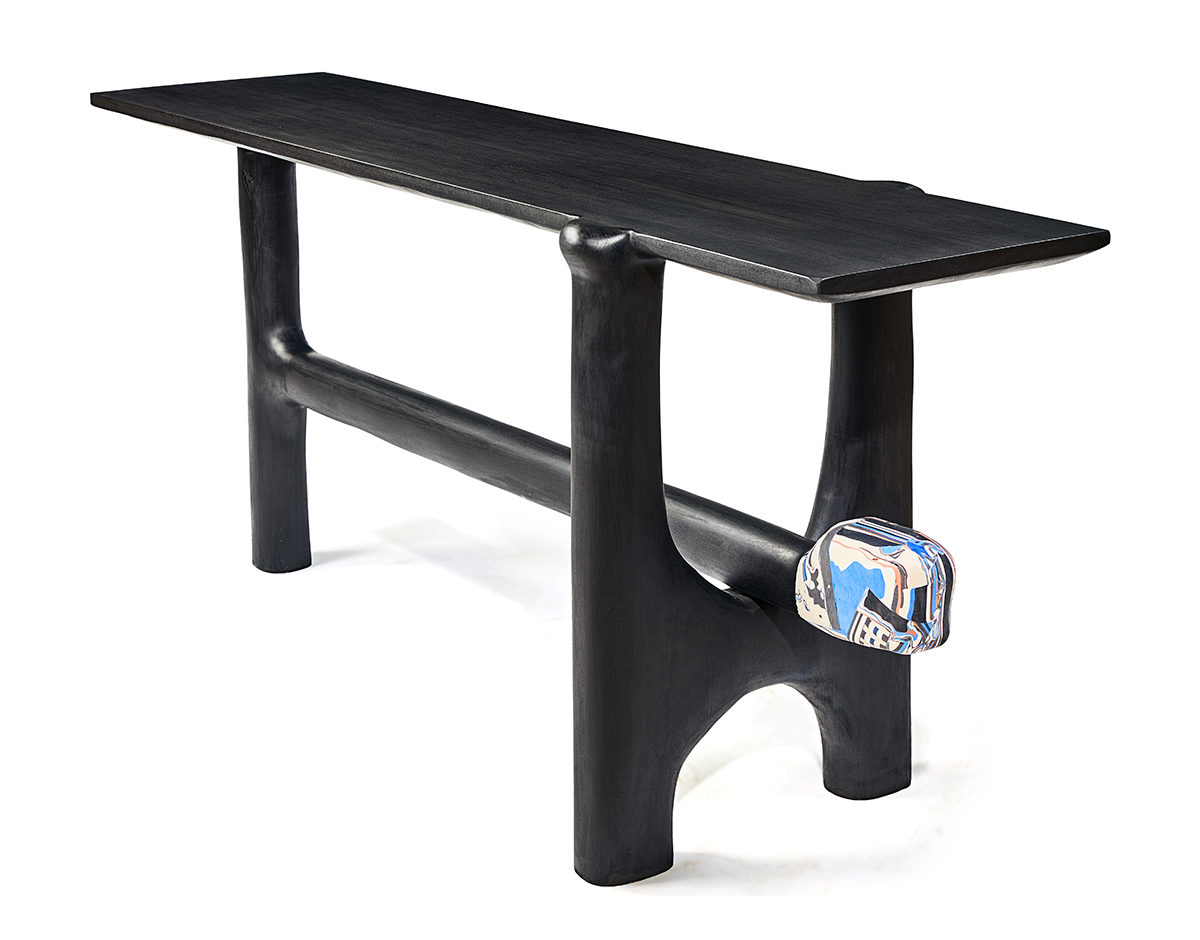
American Design Hot List 2019
Casey McCafferty
Los Angeles, casey-mccafferty.com
Casey McCafferty’s furniture has that of-the-moment lumpy vibe, but is infinitely more impressive for having been carved entirely from wood using hand tools, rather than made from ceramic or plaster. His work only took a turn for the sculptural about a year ago, but we hope he keeps it up; we like to think of him as carrying the torch of Wendell Castle into the next generation.
What is American design to you, and what excites you about it?
Cowboys. For some reason, whenever I ask myself what American design means to me, a picture of a cowboy comes to mind. I might be reading too many Louis L’Amour novels! In all seriousness, I imagine it as a blank slate. We each add in our family, local culture, history, schooling, and experience. We learn about traditional styles and craft, and some of us study them. But it doesn’t end there — American designers aren’t looking to emulate their influencers. We’re looking to find our own voice. We push past traditional styles, not bound by the walls set up elsewhere. We thrive on being different.
What are your plans and highlights for the upcoming year?
2020 will be the year of stone for me. I’ve begun experimenting with multi-medium pieces recently, and stone and wood seems to be the most challenging combination, yet the most worthwhile. It’s really important for these two earthy materials to flow naturally and it’s quite technically difficult to get it right. I usually go into all of my sculptures with a very free-flowing concept and let the process develop as I go on. Inviting in another material makes things a little uncomfortable, but that’s when great things happen.
What inspires or informs your work in general?
Most of my process and design seems to come from the subconscious mind. I think we all unknowingly absorb our surroundings, hold on to the worthy elements, and project out what we deem is beautiful. Our brains are way more magical than anything I can explain in words, but if I had to say what has helped me recently, I could pinpoint a few things. Long walks and hikes, where I find interesting rocks and sticks with organic shapes and textures that stop me in my tracks. I’ll collect these pieces and place them on my desk, and they live there for a while. I’ve also been really into reading early 1900s science fiction — one book in particular, “The Lost World” by Sir Arthur Conan Doyle. When I look at some of my sculptural pieces, it brings me back to specific chapters of that book and what I was imagining while I was reading it. And often, I’m unsure where the inspiration comes from until the entire process comes to an end, and I step back and take a look at the piece. Then I know.
